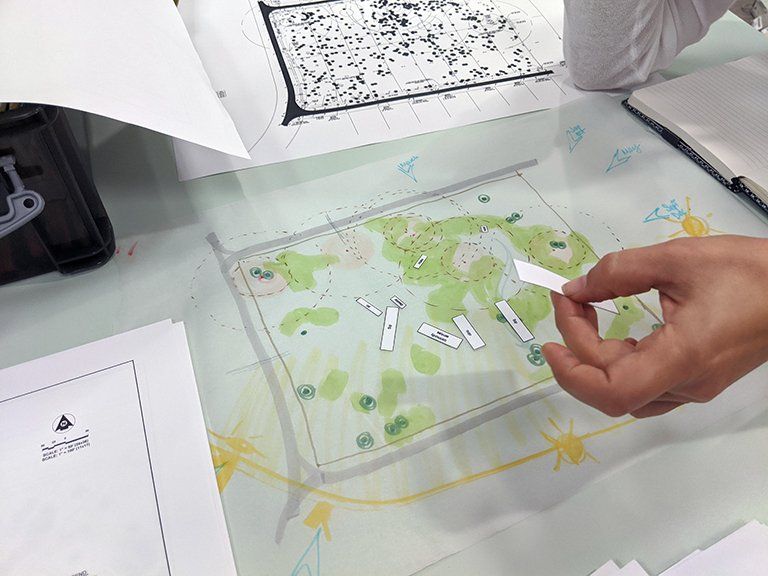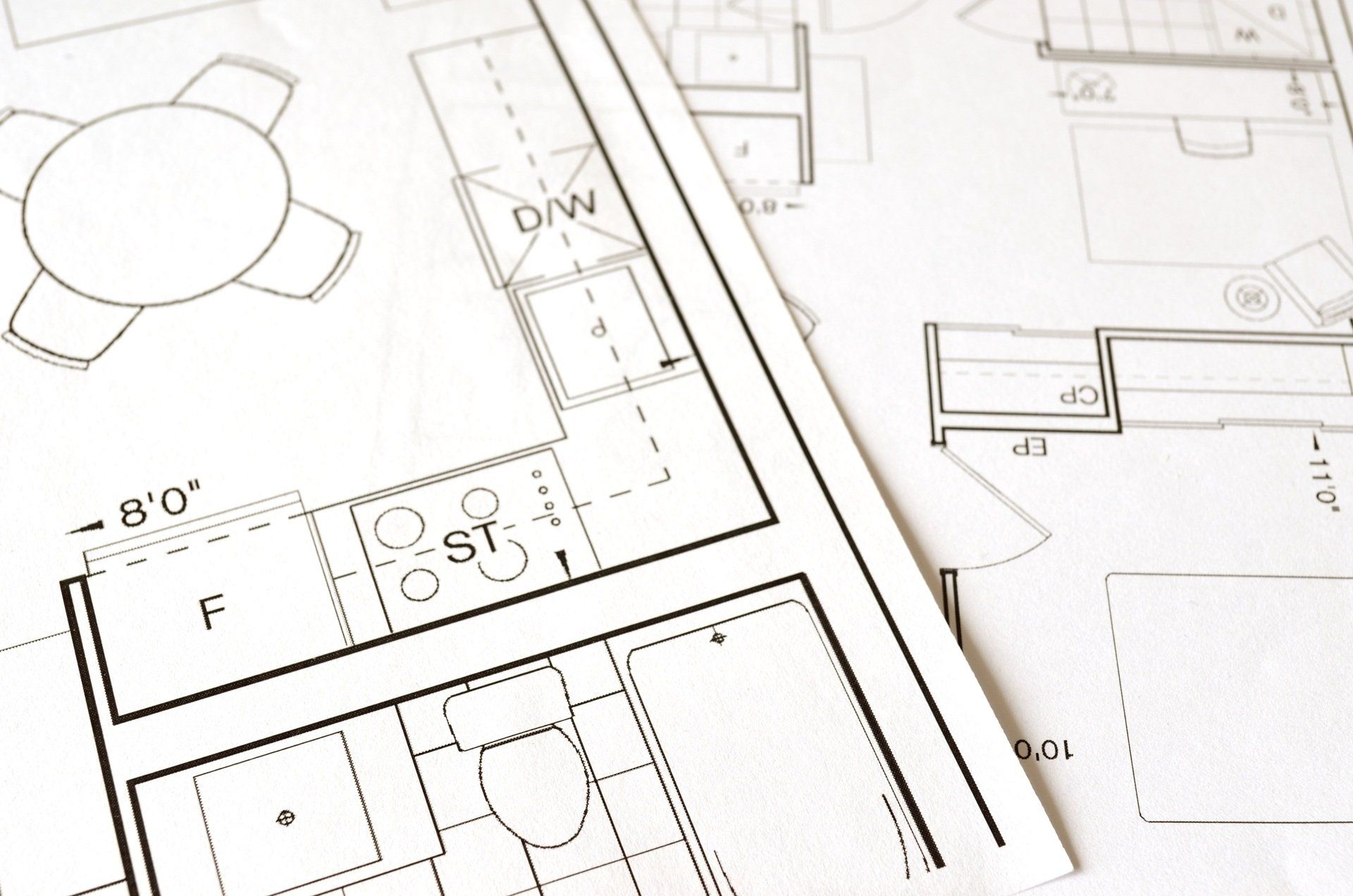Schimberg Group
Architecture & Interior Design
1421 5th Street, Unit D
Sarasota, FL 34236
The Four Layers of Building Design, Part 2: Architecture
By Barron Schimberg, AIA
Sometimes, the word “architecture” is associated with information design, sculptures, computer technology, and other things. To me, the word “architecture” refers exclusively to the built environment. In fact, the word “architect” comes from the Greek word for “chief building/mason/carpenter.”
From my experience, I believe that architecture extends well past the conceptual, design, and drawing stages that so many people associate with architecture. Architecture in the fullest sense of the word includes understanding and coordinating the tens of thousands of tasks and details required to convert a concept for a building into a physical reality. This includes a whole host of business skills, technical knowledge, and management activities, such as:
- interacting with clients
- programming the scope of work
- managing project timelines and budgets
- coordinating the work of contractors and subcontractors
- choosing the right building systems and materials
- keeping up with building and safety codes
- making sure the building is properly oriented on its site, and
- collaborating with interior designers
A good architect not only knows how to design beautiful and functional buildings, but also how to create buildings that will stand the test of time. For example, I can incorporate certain details that will enable a building to be used for different purposes in the future. Or, I can recommend systems that will enable you to better manage your heating, air conditioning and lighting costs over the life of the building.
Here are three tips to consider:
- When you interview architects for your next project, don’t just look at their designs and drawings. Look at the buildings they have actually completed.
- Notice whether the architect is really listening when you talk about what you need and want from the building. If an architect seems more interested in projects that will elevate his or her own image, you may be asking for trouble when it’s time to get the job done.
- Choose an architect who will be with you through every step of the process.
If there are any specific questions you would like to see addressed in this series, please let me know. Feel free to e-mail comments to me or drop me a note on Twitter, LinkedIn, or Facebook.
RELATED POSTS
The Four Layers of Building Design, Part 1: Overview
The Four Layers of Building Design, Part 3: Space Planning
The Four Layers of Building Design, Part 4: Interior Design
The Four Layers of Building Design, Part 5: Interior Decoration
Recent Blog Posts
Website design by Archmark





